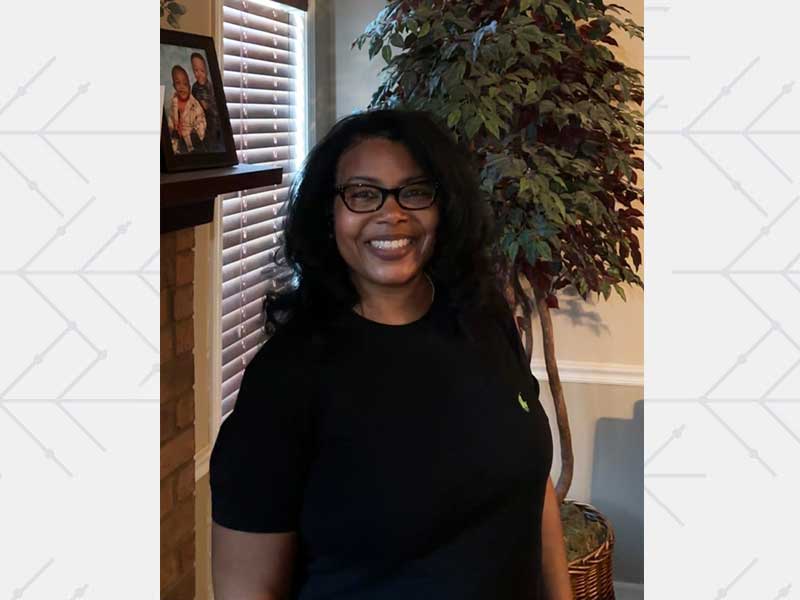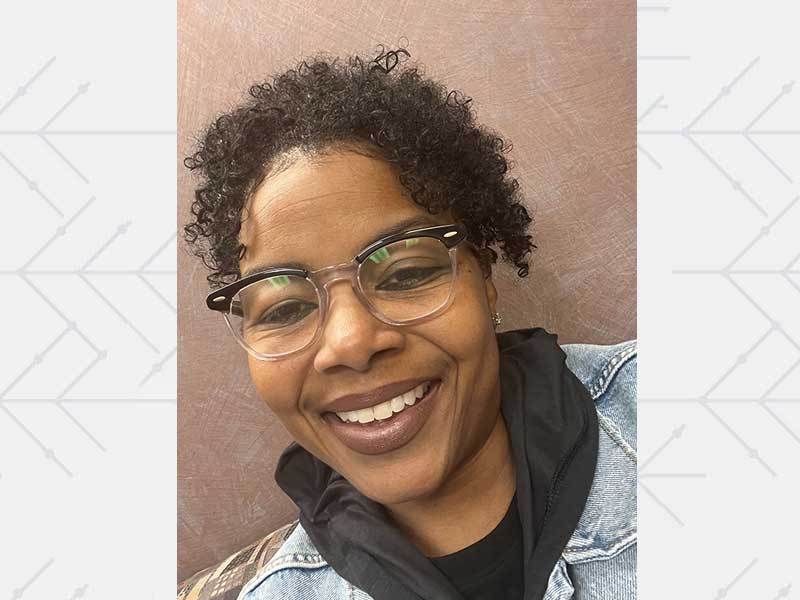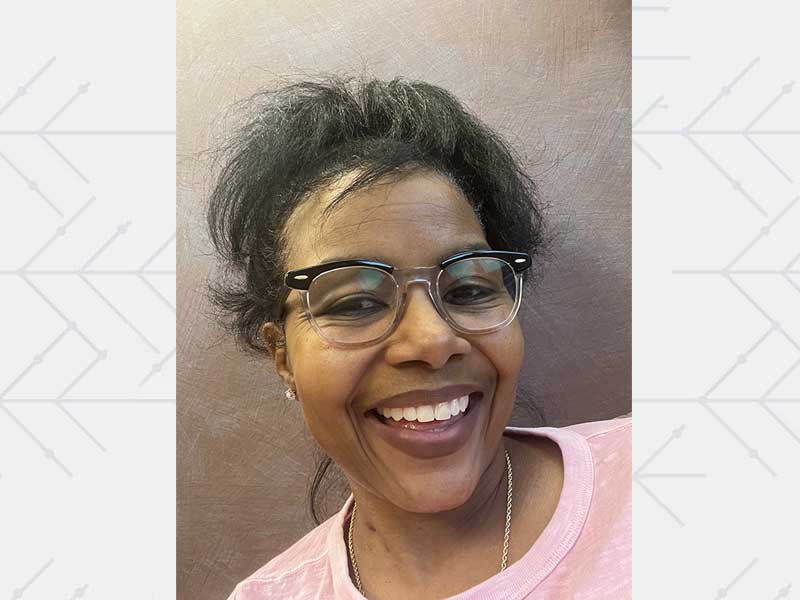Her heart, liver problems required a rare type of double transplant. It worked.
By Laura Williamson, American Heart Association News

Shortly after her mother died, Anissa Swanigan’s heart started beating faster. Doctors chalked it up to anxiety and grief, so she did, too.
More than a year later, her heart was still beating too fast. She was also now pregnant with her second child. While that might be the reason she was perpetually exhausted and short of breath, she feared something else was going on.
Swanigan was diagnosed with hypertrophic cardiomyopathy, or HCM, a condition in which the heart stiffens to the point that it restricts blood flow to the rest of the body. It can cause fatigue, irregular heart rhythms, lightheadedness, dizziness, shortness of breath with exertion, chest pains and swelling in the lower part of the body, especially the ankles, feet and legs.
It's not uncommon for symptoms to emerge or worsen during pregnancy, when the heart has to work harder to support the growing baby, said Dr. Drew Rosenbaum, a cardiologist and surgeon on Swanigan’s medical team at the Mayo Clinic College of Medicine and Science in Rochester, Minnesota.
“With a stiff heart, you will start to notice symptoms more at this time,” he said.
Six months into Swanigan’s pregnancy, her condition became so severe, doctors performed an emergency C-section to deliver her son, Ilyas.
Doctors told Swanigan she “had a heart like a 65-year-old woman.” She was 37.
As is often the case with cardiomyopathy, Swanigan’s condition was hereditary. An estimated 1 in 500 adults in the U.S. have an inherited form of HCM, though these estimates are derived from studies of healthy young adults and may underestimate the condition’s true prevalence.
Even though her mother had also had cardiomyopathy, Swanigan had no idea she had inherited the condition. Because her mother had been a smoker, Swanigan always assumed that’s what caused her mother’s heart to fail.

After Ilyas was born, Swanigan and her baby remained in the hospital. He was placed in the neonatal intensive care unit to gain weight; she received care for her heart condition.
Over the next few years, Swanigan’s heart problems continued. She eventually began having lung problems. Then, her liver began to fail.
“I was retaining a lot of fluid,” she said. “I had to get fluid drained weekly. I was tired all of the time.”
The restricted blood flow from cardiomyopathy can lead to fluid buildup, which can damage other organs. By 2012 – three years after delivering Ilyas – doctors told Swanigan she needed a new heart, lungs and liver.
“And,” she said, “they didn’t think I was a good candidate.”
Doctors considered various solutions. Something had to be done. Swanigan recalled: “My doctor at Mayo told me, ‘If you do nothing, you won’t be here in 2013.’”
So in February 2013, she checked into the hospital expecting to have implanted a left ventricular assist device, or LVAD. The machine would essentially do the pumping that her diseased heart was struggling to perform. An LVAD can be used to support a patient until they’re ready for a transplant or, sometimes, it remains implanted long term. Doctors thought this was more viable than a transplant because her body carried antibodies that made her incompatible to potential donors and therefore more likely to reject a donor heart.
But then doctors came up with another plan.
Instead of keeping her there about a month for the LVAD implant, they asked if she was willing to stay six months to a year for something more dramatic.
The plan started with using medicines to treat her lungs. If those improved enough to not require a transplant, then they wanted to try a different version of the heart and liver transplant.
The medicines worked – her lungs improved. So it was time to try the new game plan.
In a typical double transplant, the new heart goes in first. In Swanigan’s case, she’d get the liver first – even though this would require using a heart-lung machine to essentially do the work of her heart during the liver transplant because it might not be strong enough to withstand the surgery.
A new liver was a must, Rosenbaum said, to her body accepting a donor heart.
“The liver acts like a sponge,” Rosenbaum said. “It sops up antibodies. Over time, this would allow the recipient and donor to be more agreeable to each other.”
Swanigan had all sorts of reasons to be hesitant. A single transplant is scary enough; this was a double. Doctors called it risky. Plus, the entire experience would be uncomfortable: Having it done in Minnesota meant she’d be a long way from her home in Memphis, Tennessee.
“I’m Black and I’m from the South,” she said. “Going up there, I didn’t see anyone who looked like me.”
Her hesitancy grew when the Mayo Clinic doctors told her they’d only performed the procedure once before, on a woman from South Carolina. “I thought they wanted to experiment on me,” she said.
Then the Mayo Clinic team offered to let Swanigan speak with the woman who’d had the procedure before her. “She was a white lady,” Swanigan said. “She told me, ‘I’m still here. I’m still living.’ That made me feel better. That was the green light for me.”

Swanigan’s luck improved when a heart and liver became available from a single donor, allowing her to have the procedures done in rapid succession. Getting the liver first worked and her body accepted both transplanted organs.
Nearly 13 years later, Swanigan is doing fine. The immunosuppressant medications she takes to prevent organ rejection place her at greater risk for infections and problems such as food poisoning, so she has to take certain precautions, such as avoiding being around sick people and not eating raw meats and undercooked foods. And her health has to be monitored regularly.
“But we certainly hope she’ll live a full and normal life,” Rosenbaum said. “She’s very vibrant. She has a lot of heart – no pun intended.”
Stories From the Heart chronicles the inspiring journeys of heart disease and stroke survivors, caregivers and advocates.





